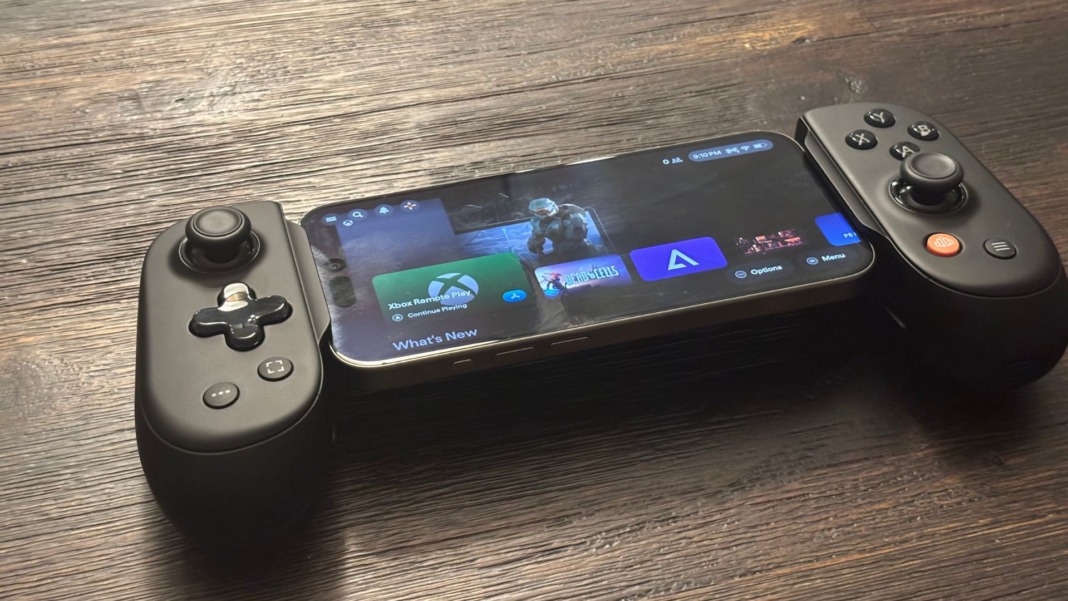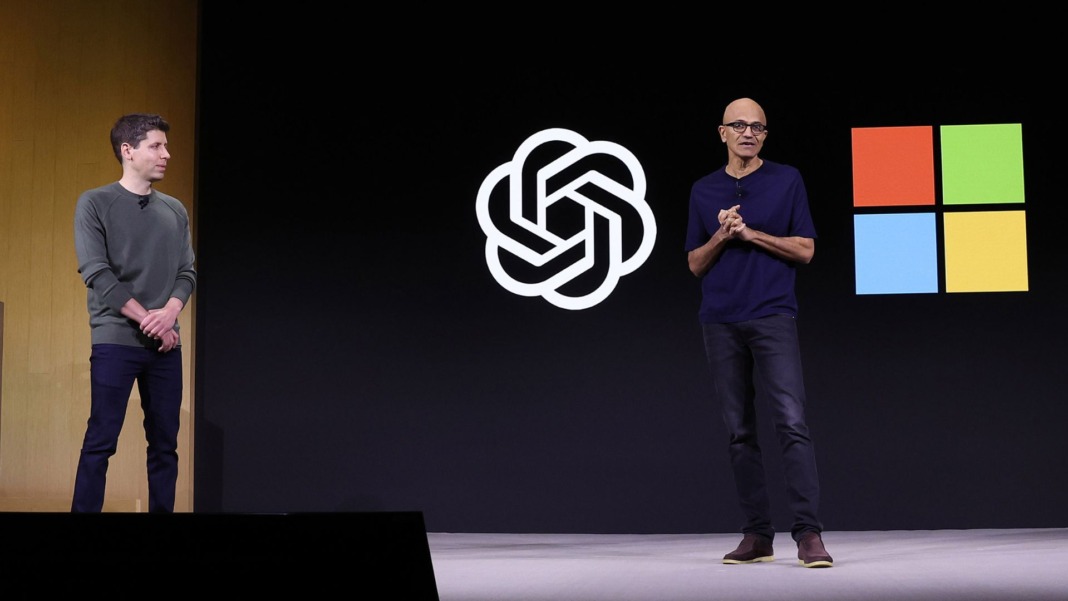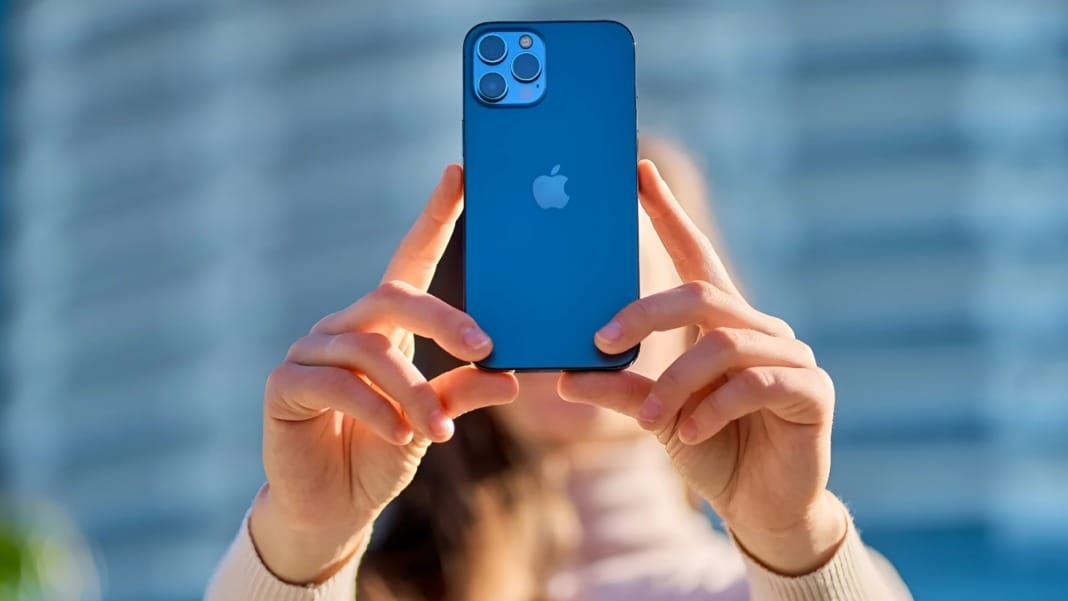If you’ve ever found mobile gaming frustrating, the new Backbone Pro controller might change your mind. Released this week by the mobile gaming company Backbone, this upgraded controller is designed to offer a smoother, more enjoyable gaming experience on both iOS and Android devices.
With full-sized joysticks, re-mappable buttons, and wireless Bluetooth support, the Backbone Pro is a step up from its predecessor, the Backbone One. One of the biggest changes? You no longer need to attach your phone to the controller for it to work. This means you can use it like a regular wireless controller — perfect for cloud gaming on your TV, then switching to your phone without missing a beat.
Designed for comfort and connection
Founder Maneet Khaira explained the idea behind the Backbone Pro: “Our thought is that gaming should be a lot more straightforward. It needs to be really simple and work more like AirPods when you connect to screens.” That philosophy clearly influenced the design—everything feels seamless and easy.
If you’ve ever held a new iPhone and found it unfamiliar initially, you might expect the same from a new controller. But the Backbone Pro feels natural right away. You plug your phone into the USB-C port, and you’re ready to dive into action-packed games like Hades. There’s no awkward adjustment period, a big win for any gamer.
The Backbone Pro’s comfort and intuitive design are especially impressive for fast-paced games. It feels better suited to rapid button-mashing titles than the Nintendo Switch Pro Controller. You can enjoy your games without discomfort, whether on your couch or out and about.
Built with serious detail
What sets the Backbone Pro apart is the amount of work that went into its design. Inspired by how Meta developed its VR headsets, Khaira adopted a similar approach. His team 3D-printed over 9,000 controller versions, making minor improvements until everything was right. Every part was carefully refined from the layout of the buttons to the feel of the grips.
This effort results in a controller that feels more like a high-end console accessory than a mobile gadget. It’s precise, responsive, and easy to use across different platforms. And yes, compared to the Nintendo Switch’s Joy-Cons, the Backbone Pro might feel more like a serious piece of hardware than a toy.
Is it worth the price?
Now, here’s the catch: the Backbone Pro isn’t cheap. It’s priced at US$169.99, which puts it in the same range as a refurbished Nintendo Switch Lite. That’s a lot to spend on a controller, especially if you’re not using it regularly with cloud gaming services like Xbox Game Pass.
If you play a few casual games on your phone, you might not need all of the Pro’s features. The original Backbone One is still available for US$99.99 and offers a solid experience for less money.
But if you’re serious about mobile gaming or like the idea of picking up where you left off between devices, the Backbone Pro could be a smart investment. It brings console-level quality and comfort to your mobile games, making them feel less like a compromise and more like the real thing.





